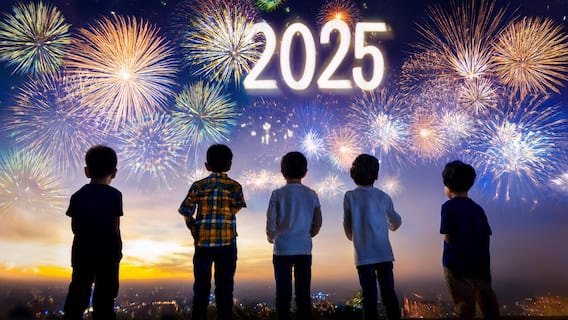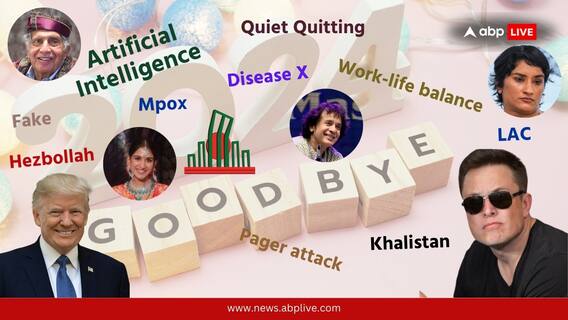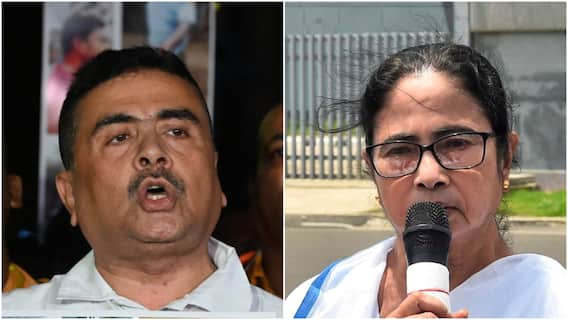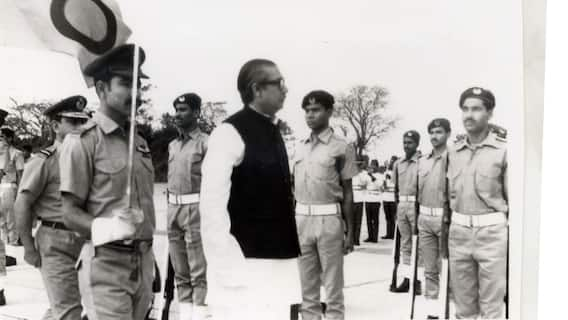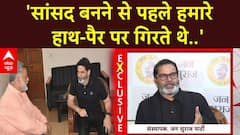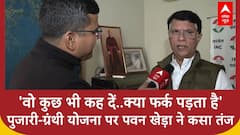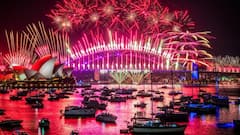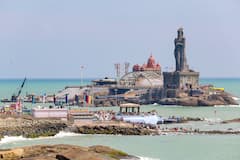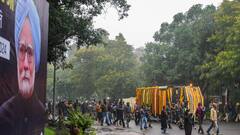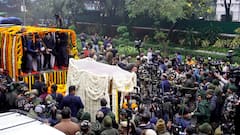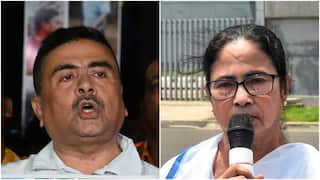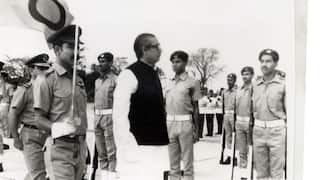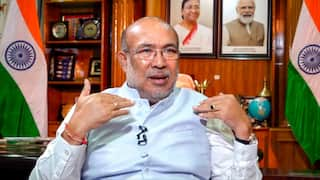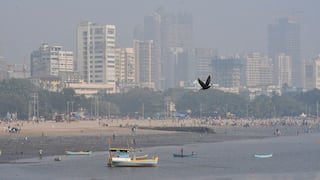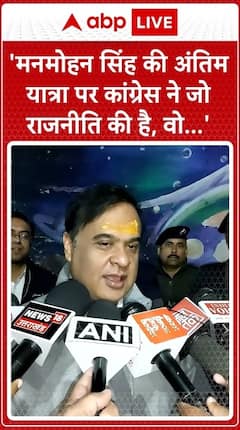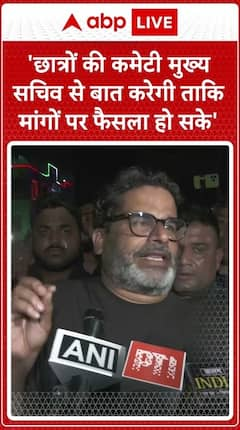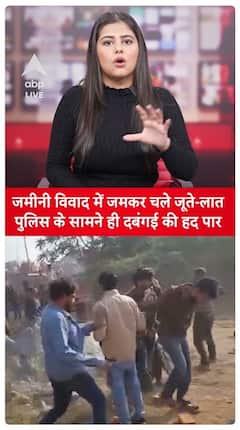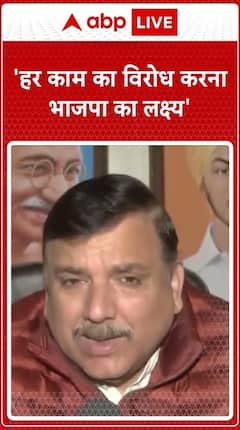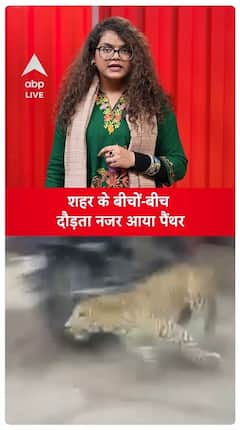Explorer
Advertisement
Independence Day 2020: 10 Little Known Facts About India's National Anthem
India is all set to celebrate the 74th Independence Day tomorrow. Here are 10 little known facts about the national anthem.

Independence Day 2020: The nation is ready to celebrate 74th Independence Day tomorrow. This year due to the coronavirus outbreak changes will be there in the celebrations as special safety precautions are being taken to ensure that the infection does not spread. In all of our national ocassions, the national anthem is an integral part. And most of us feel moved when it is sung together. The anthem ‘Jana Gana Mana’ was originally written by the Nobel laureate Rabindranath Tagore in 1911 in Bengali. It was first publicly recited on the second day of the annual session of the Indian National Congress on 27 December 1911. the poem became the official national anthem in 1950.
ALSO READ| Independence Day 2020: A Look Back At Modi's Speeches After Becoming Prime Minister
Here are some interesting facts about India's national anthem
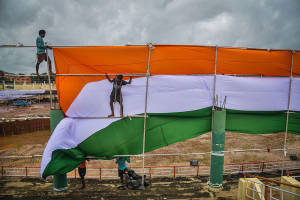 Workers busy in preparations for the upcoming 74th Independence Day celebrations, at Indira Gandhi Municipal Corporation Stadium in Vijayawada.(Image PTI)
Workers busy in preparations for the upcoming 74th Independence Day celebrations, at Indira Gandhi Municipal Corporation Stadium in Vijayawada.(Image PTI)
- The national anthem was originally written in Bengali, it was later translated to a heavily Sanskritised Bengali known as sadhu Bengali or tatsama Bengali. Tagore translated it into English on 28 February 1919, titled 'The Morning Song of India'. There is also a Hindi-Urdu version translated by Captain Abid Hasan Safrani, an Indian National Army Officer and it is titled as ‘Subh Sukh Chain’.
- The National Anthem we sing is a shorter version. It originally composed as ‘Bharoto Bhagyo Bidhata’ in Bengali by poet Rabindranath Tagore which was 5 stanzas long. The 52 second short Hindi version was adopted by the Constituent Assembly of India as the National Anthem on 24 January 1950
- The song was selected as the national anthem by Subhas Chandra Bose while he was in Germany. In September 11, 1942, during the occasion of the founding meeting of the German-Indian Society the song was played by the Hamburg Radio Symphony Orchestra in the Hotel Atlantic in Hamburg.
- A controversy arose that Tagore wrote this to sing praises for King George IV, but Tagore shut those rumours in a letter to Pulin Bihari Sen. In the letter he wrote, “I pronounced the victory in Jana Gana Mana of that Bhagya Bidhata [ed. God of Destiny] of India who has from age after age held steadfast the reins of India's chariot through rise and fall, through the straight path and the curved. That Lord of Destiny, that Reader of the Collective Mind of India, that Perennial Guide, could never be George V, George VI, or any other George.”
- Another controversy is that only those provinces that were under British rule, i.e. Punjab, Sindh, Gujarat, Maratha, Dravida (South India), Utkal, and Bengal, were mentioned. None of the princely states – Kashmir, Rajasthan, Hyderabad, Mysore, or Kerala – or the states in Northeast India, which are now integral parts of India were mentioned. But opponents of this proposition claim that Tagore mentioned only the border states of India to include complete India.
 Workers busy in preparations for the upcoming 74th Independence Day celebrations, at Indira Gandhi Municipal Corporation Stadium in Vijayawada.(Image PTI)
Workers busy in preparations for the upcoming 74th Independence Day celebrations, at Indira Gandhi Municipal Corporation Stadium in Vijayawada.(Image PTI)
- In 2005, there were calls to delete the word "Sindh" and substitute it with the word Kashmir. It was argued that the word "Sindh" refers to the Indus and to Sindhi culture which is an integral part of India's cultural fabric. Hence, the Supreme Court of India declined to change the national anthem and the wording remains unchanged.
- The anthem is set to the Hindustani classical raga, Raag Alhiya Bilawal. This scale resembles the 'major' scale in Western music.
- Jana Gana Mana was adopted by the Constituent Assembly as the National Anthem of India on 24 January 1950.
- You don’t have to sing if you don’t want to you. There is no law that requires you sing the National Anthem, nor is it considered disrespectful if you choose to stand in silence. Although, it is rude if you are causing disruptions during the Anthem.
Follow Breaking News on ABP Live for more latest stories and trending topics. Watch breaking news and top headlines online on ABP News LIVE TV
View More
Advertisement
Trending News
Advertisement
Advertisement
Top Headlines
Cities
Trending
Cities
World
Advertisement


Sayantan Ghosh
Opinion




